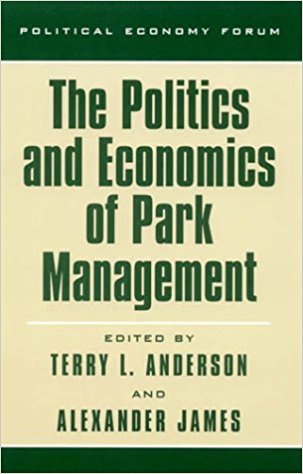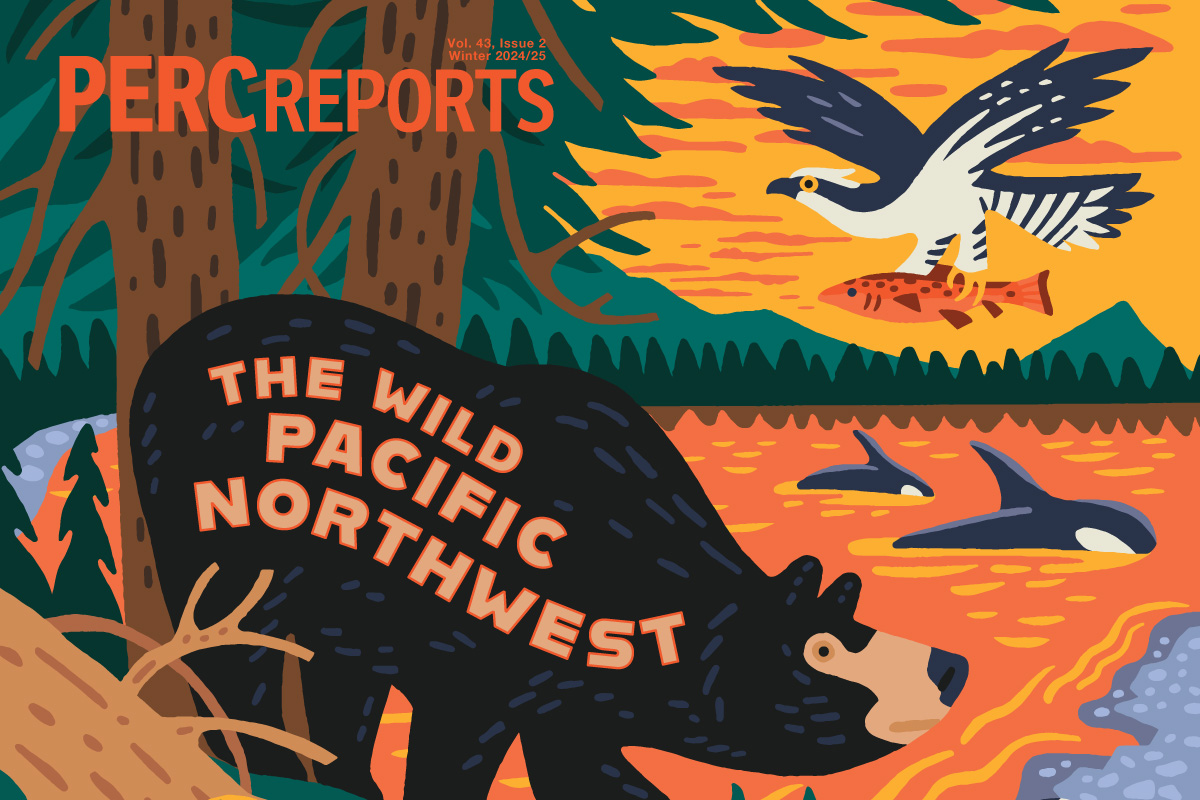
The Politics and Economics of Park Management
-
Terry Anderson
Terry L. Anderson is the former president and executive director of PERC, and the John and Jean De Nault Senior Fellow at the Hoover Institution, Stanford University.
-
PERC Reports Winter 2024
This special issue of PERC Reports explores creative ideas to address the conservation challenges of the Pacific Northwest.
-
A Coastal Comeback
It’s been more than a century since sea otters called the coasts of Oregon and Northern California home. Can they be brought back to the region without alienating fishermen?
-
Kelp Wanted
Can cultivating a taste for purple sea urchin help restore America's underwater forests?



